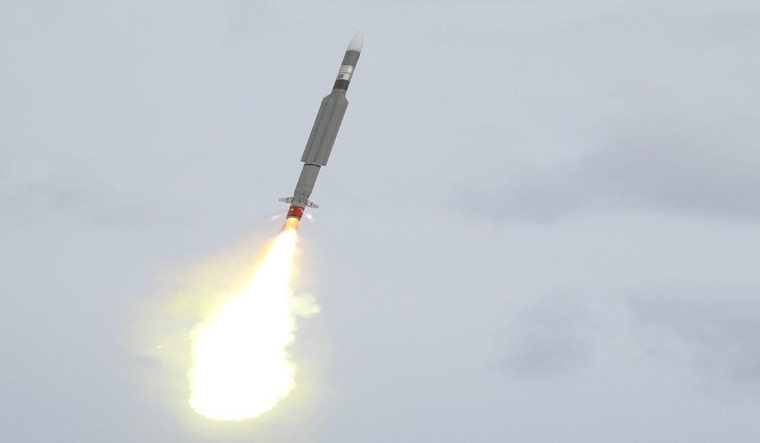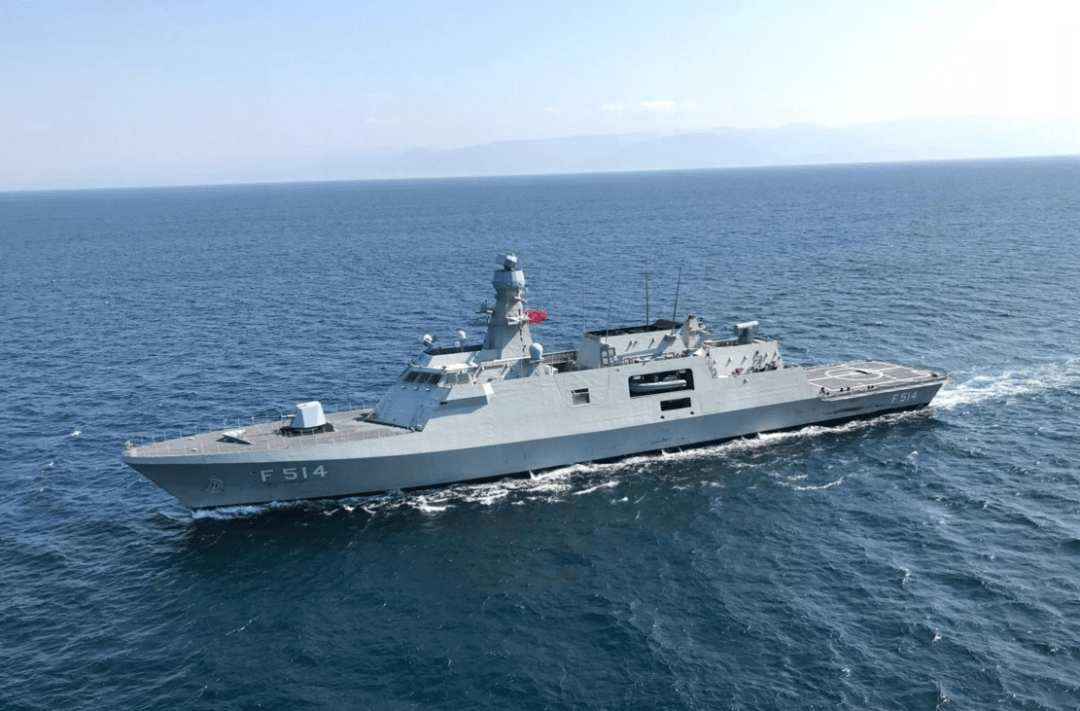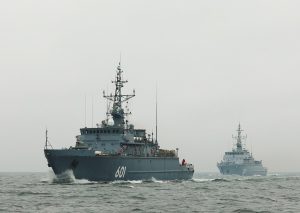Pakistan Drops Chinese HQ-16 Missiles for New Warships, Chooses European Weapons
In 2018, Pakistan signed a deal with Turkey to acquire four warships. The total worth of the deal is being valued at around $1.5 billion. The project was called Pakistan Navy’s MILGEM (PN MILGEM) Project. The contract for the PN MILGEM was inked between the Main Contractor ASFAT (Military Factory and Shipyard Management Inc.) and Pakistan’s Ministry of Defense Production. The deal aimed at supplying Pakistan with a version of Ankara’s indigenous MILGEM stealth corvette. Corvettes are small New Warships that displace around 1500 to 3000 tons and are capable of carrying anti-ship, anti-submarine, and air defense weapons.
Currently, two MILGEM warships for Pakistan are being constructed in a shipyard in Istanbul, while the other two are being manufactured in Karachi. The MILGEM variant prepared for Pakistan would be different by being larger in displacement and longer in length than those in Turkish service. In addition, the media reports had highlighted that the Pakistan Navy would be using a Chinese-built surface-to-air missile, the HQ-16, on its MILGEM ships. A cue in this respect can be derived from Pakistan’s former Naval Chief Admiral Zafar Mehmood Abbasi reported talks in 2020, where he acknowledged that the HQ-16 would be fired from VLS in the warships’ bow.
The version of the MILGEM ships being built for Pakistan is equipped with sixteen VLS cells. However, on June 19, Defense Turkey, a Turkish military affairs news outlet, reported that Pakistan Navy had instead opted to use a surface-to-air missile, the Albatros NG, developed by European defense major MBDA. The MBDA product new generation Naval Based Air Defense (NBAD) Albatros NG system is the latest addition and was unveiled by the MBDA in March of this year. Albatros NG further has an elongated rocket booster than the CAMM to scale a range of over 40 km.
HQ-16 Vs. Albatros NG:
Distinguishing the two systems, HQ-16 seems to have an edge in covering the range of 70 km. However, the Chinese missile is assumed to have been designed on the Russian ‘Shtil’ naval air defense system, designed in the 1980s. This makes the missile bulkier. Additionally, the HQ-16 comes with semi-active radar guidance, i.e., it relies on guidance from the launch to impact the target. This is a disadvantage as the semi-active radar guidance can be subjected to jamming of radars due to electronic warfare (EW) by the enemy.
Contrastingly, the Albatros NG is equipped with an ‘active’ radar seeker; that is, it comes with an onboard radar that bequeaths independence from the ship-borne guidance after being fired. “PN MILGEM Corvettes will be able to attack more air targets at the same time as the semi-active radar-guided HHQ-16 thanks to the fire-and-forget CAMM-ER/Albatros NG NBAD System. Medium-Range Air Defense Missile System and perform missions with higher performance in the EW threat environment,” reported Defense Turkey. Moreover, the smaller dimensions of Albatros NG provide an additional advantage in that its new vertical launch system could carry more weapons.







